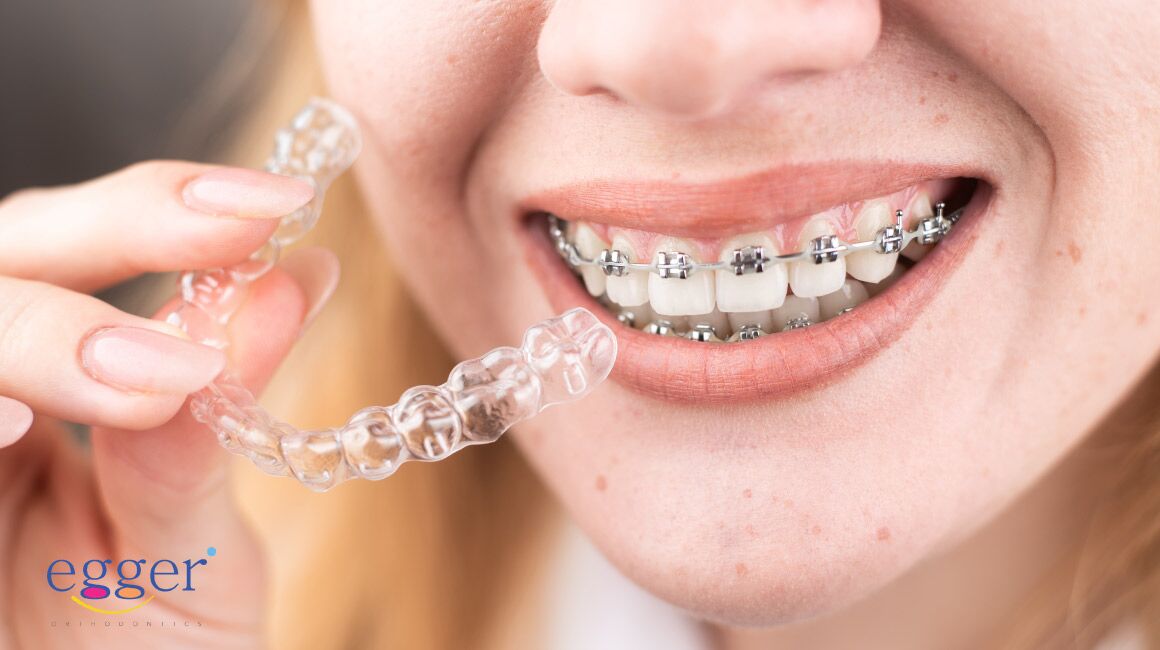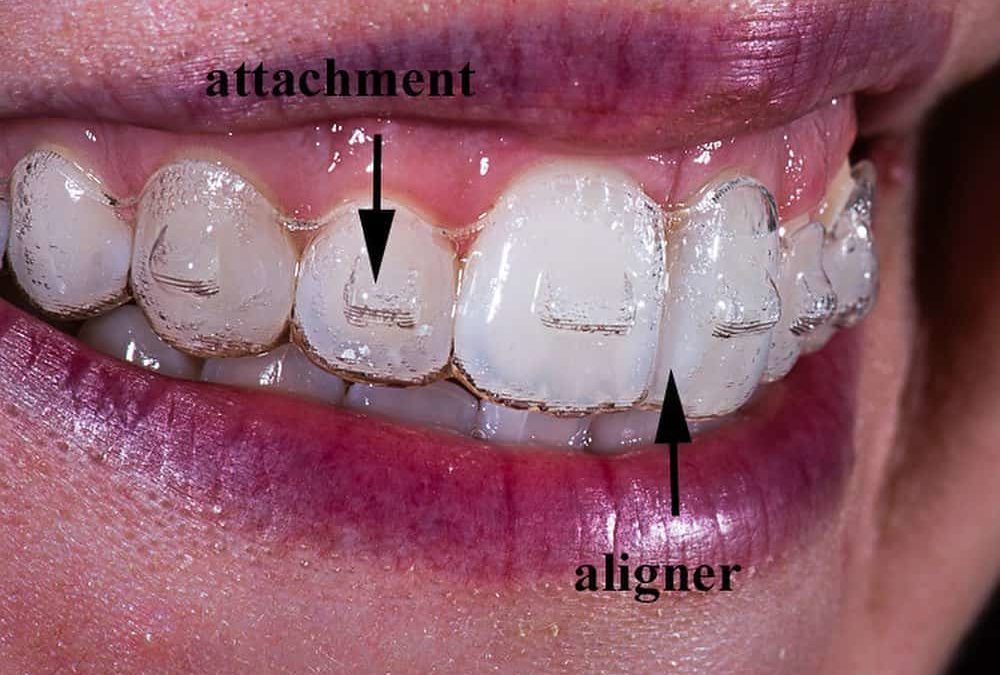Frequently Asked Questions Regarding Invisalign: Everything You Need to Know
Invisalign vs. Conventional Dental braces: Which Choice Is Right for You?
When taking into consideration orthodontic therapy, the option in between Invisalign and standard braces offers several essential factors that merit careful assessment. Invisalign uses a discreet option with detachable aligners, while standard dental braces provide a much more visible yet reliable remedy for serious imbalance. Each alternative encompasses unique benefits and downsides associated with appearances, convenience, treatment period, and expense. Understanding these subtleties is critical for making a notified decision that straightens with your personal choices and way of life. The question stays: which option will ideal fulfill your orthodontic needs and expectations?
Overview of Treatment Options

In contrast, typical braces are composed of metal brackets and cords that are bonded to the teeth. This approach uses continual stress in time to achieve alignment. While efficient for complex orthodontic concerns, traditional dental braces call for regular brows through for modifications and can position obstacles in maintaining oral health as a result of the trouble of cleaning up around cords and brackets.
Both options have their qualities, and the choice typically depends upon details dental conditions, way of life preferences, and client compliance. Eventually, consulting an orthodontic expert is important for identifying the most appropriate therapy plan tailored to specific needs. Understanding the nuances of each choice can significantly affect the general success of orthodontic therapy.
Aesthetic Factors To Consider
A considerable variable affecting the option between Invisalign and standard braces is the aesthetic appeal each therapy supplies. Invisalign aligners are crafted from clear plastic, making them basically undetectable when put on. This discreet appearance is particularly appealing to grownups and young adults that may really feel awkward about their orthodontic treatment. The ability to keep a natural smile throughout the alignment process can significantly boost the individual's confidence in specialist and social settings.
In comparison, conventional braces include steel braces and cords, which can be more noticeable. While improvements in orthodontic modern technology have brought about the advancement of smaller sized braces and tinted elastics, typical braces still keep a more conspicuous account. For some people, the visibility of braces might hinder them from seeking required therapy.
Inevitably, the choice in between Invisalign and conventional braces might rest on individual preferences concerning appearances. Individuals that focus on discernment usually lean toward Invisalign, while those who are less concerned regarding presence might choose for typical braces. Understanding the visual implications of each choice is important for making a notified choice that aligns with one's way of life and choices.
Convenience and Convenience
In terms of benefit, Invisalign aligners are removable, making it possible for clients to appreciate their favored foods without limitation and keep optimum oral health. Cleaning and flossing are simplified, as the aligners can be obtained throughout these routines, whereas traditional braces need careful steering around brackets and cables.
Furthermore, Invisalign's dynamic system permits for less orthodontic visits. Patients generally obtain several collections of aligners at the same time, which can improve the treatment procedure and decrease time spent in the orthodontist's chair. On the other hand, conventional dental braces necessitate normal modifications, making them much less practical for those with busy timetables. Invisalign. Overall, the convenience and ease of Invisalign make it an attractive selection for many individuals looking for orthodontic therapy.
Therapy Period and Performance
While both Invisalign and traditional braces are efficient in dealing with oral imbalances, the duration of therapy can vary considerably between both choices. Typically, Invisalign therapy can take anywhere from 12 to 18 months, relying on the complexity of the situation. The clear aligners function by progressively moving teeth right into their preferred positions, and normal follow-ups with an orthodontist help guarantee progression stays on course.
On the other hand, conventional dental braces commonly require a longer commitment, usually varying from 18 months to 3 years. This is because of their set nature and making use of cords and brackets, which can be a lot more effective for complex instances and serious imbalances (Invisalign). The treatment effectiveness of conventional dental braces is well-documented, as they enable specific changes and greater control over tooth activity
Eventually, the option in between Invisalign and typical braces may Home Page depend upon both the anticipated treatment duration and the particular oral problems available. Consulting with an orthodontist is essential, as they can offer customized recommendations based on private needs, guaranteeing the chosen method aligns with wanted end results and timeframes.
Expense Comparison and Insurance Policy Choices
Expense plays a considerable duty in the decision-making process for people considering orthodontic treatment, whether selecting Invisalign or typical braces. Generally, the price of Invisalign ranges from $3,000 to $8,000, while conventional dental braces typically set you back between $2,000 and $6,000. Elements affecting these prices consist of the complexity of the case, the duration of therapy, and find out geographical place.
Insurance insurance coverage can considerably affect out-of-pocket expenditures. Lots of oral insurance policy plans provide partial protection for orthodontic therapies, but the specifics can vary widely. It is crucial for people to evaluate their insurance coverage to identify the degree of protection for either option. Generally, typical braces may be more regularly covered by insurance strategies compared to Invisalign, which some insurance providers categorize as a cosmetic procedure.
Additionally, several orthodontic methods offer adaptable payment plans, making both treatment options a lot more accessible. Individuals must ask about potential financing options and discounts for upfront repayments. Evaluating the complete price, including insurance coverage advantages and layaway plan, is necessary for making an informed choice that straightens with both aesthetic choices and budget considerations.

Final Thought
In recap, the option between Invisalign and typical braces hinges on numerous variables, consisting of visual choices, convenience, treatment duration, and price. Invisalign supplies a very discreet, detachable alternative that assists in oral hygiene and dietary versatility, while typical braces might be preferable for complicated oral concerns and often come at a lower price point. Inevitably, appointment with an orthodontist is vital to assess individual circumstances and figure out one of the most proper therapy alternative for attaining optimal oral alignment.
When thinking about orthodontic treatment, the option between Invisalign and traditional braces provides several crucial aspects that merit mindful analysis.Contrasting Invisalign look at this now and conventional dental braces reveals distinct treatment choices for orthodontic improvement.While both Invisalign and standard braces are reliable in remedying dental imbalances, the period of treatment can differ considerably between the 2 options.Price plays a significant duty in the decision-making process for individuals taking into consideration orthodontic therapy, whether choosing for Invisalign or standard dental braces.In recap, the option between Invisalign and conventional dental braces hinges on multiple elements, consisting of visual preferences, comfort, therapy duration, and expense.